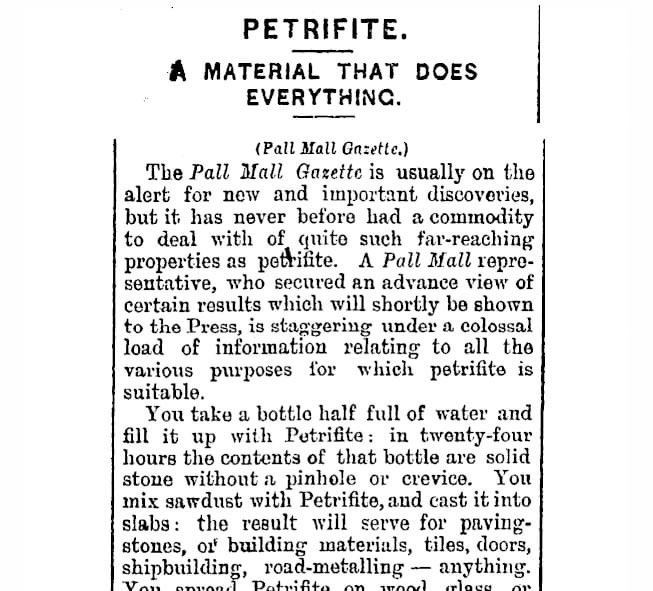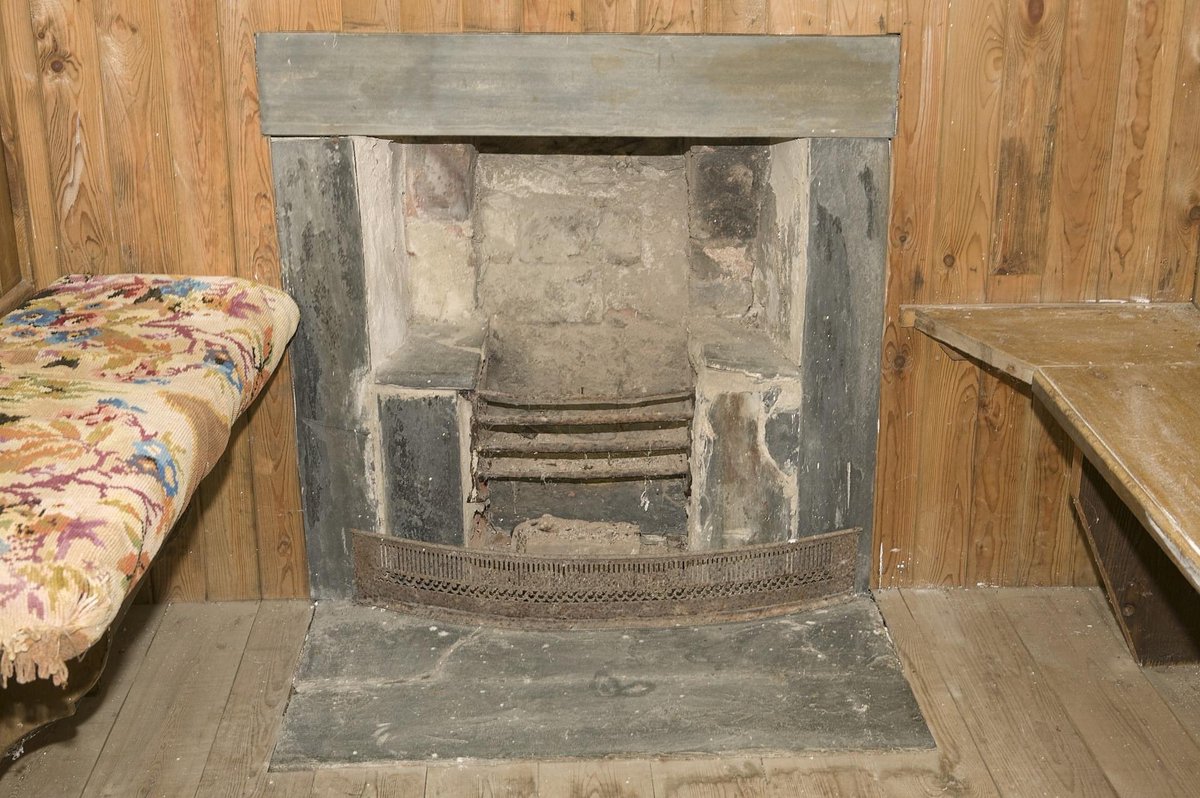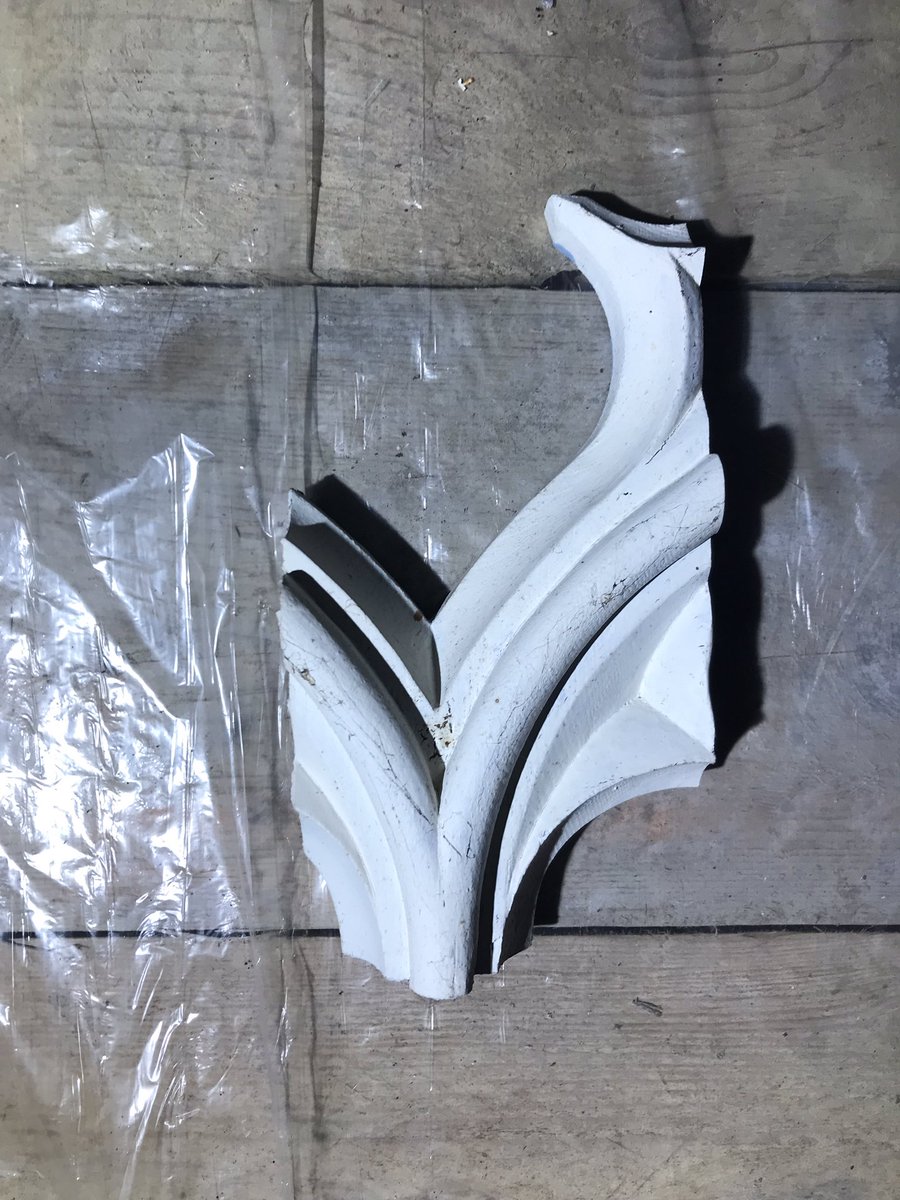
#OTD in 1900, St Beuno's in Penmorfa reopened after a major restoration funded by Richard Greaves and his wife Constance — who contributed her own woodcarvings.
In some ways, the renovation celebrated all that was new and modern, but re-use was also a guiding principle ...
In some ways, the renovation celebrated all that was new and modern, but re-use was also a guiding principle ...

The floor of the church, which had been flags in the centre and deal (pinewood) at the side, was removed (briefly revealing a brick-lined grave) and replaced with tiles and petrifite — a new wonder material that, it was claimed, 'does everything'. 

Old painted pews, also made of deal, were replaced with more contemporary chair seats and chairs of oak.
In the roof, the spars were covered with match boarding and bordered with texts to form a frieze.
Matchboard was most popular in the late Victorian period, when woodworking machinery had developed that could cut the edge joints quickly and cheaply.
Matchboard was most popular in the late Victorian period, when woodworking machinery had developed that could cut the edge joints quickly and cheaply.

However, many materials were repurposed. (upcycled?)
The old pew doors, as well as the old pulpit and reading desk, were used to form a dado around the nave.
The old pew doors, as well as the old pulpit and reading desk, were used to form a dado around the nave.

And when the gallery was removed, the supporting oak beams were cut up to make altar rails and seats in the lychgate and porch.
In fact, the beams were found to have traces of old thatching in the mortices, so they must have been used in the roof in even earlier times.
In fact, the beams were found to have traces of old thatching in the mortices, so they must have been used in the roof in even earlier times.
Learn more about St Beuno's, Penmorfa, Gwynedd:
friendsoffriendlesschurches.org.uk/church/st-beun…
—-
Petrifite news article from 1897 via Papers Past ((CC BY-NC-SA 4.0))
friendsoffriendlesschurches.org.uk/church/st-beun…
—-
Petrifite news article from 1897 via Papers Past ((CC BY-NC-SA 4.0))
• • •
Missing some Tweet in this thread? You can try to
force a refresh





















